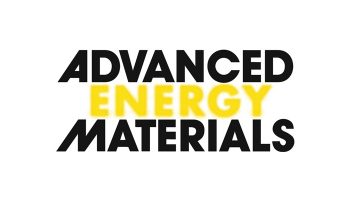July 2022
Title: “Are Polymer-Based Electrolytes Ready for High-Voltage Lithium Battery Applications? An Overview of Degradation Mechanisms and Battery Performance”
Written by: Maria Angeles Cabañero Martínez, Nicola Boaretto, Andrew J. Naylor, Francisco Alcaide, Girish D. Salian, Flavia Palombardini, Elixabete Ayerbe, Mateu Borras, Montserrat Casas-Cabanas
Abstract: High-voltage lithium polymer cells are considered an attractive technology that could out-perform commercial lithium-ion batteries in terms of safety, processability, and energy density. Although significant progress has been achieved in the development of polymer electrolytes for high-voltage applications (> 4 V), the cell performance containing these materials still encounters certain challenges. One of the major limitations is posed by poor cyclability, which is affected by the low oxidative stability of standard polyether-based polymer electrolytes. In addition, the high reactivity and structural instability of certain common high-voltage cathode chemistries further aggravate the challenges. In this review, the oxidative stability of polymer electrolytes is comprehensively discussed, along with the key sources of cell degradation, and provides an overview of the fundamental strategies adopted for enhancing their cyclability. In this regard, a statistical analysis of the cell performance is provided by analyzing 186 publications reported in the last 17 years, to demonstrate the gap between the state-of-the-art and the requirements for high-energy density cells. Furthermore, the essential characterization techniques employed in prior research investigating the degradation of these systems are discussed to highlight their prospects and limitations. Based on the derived conclusions, new targets and guidelines are proposed for further research.
Keywords: Degradation, High-Voltage Cathodes, Lithium Batteries, Polymer Electrolytes, Solid-State Batteries
Orginal article: https://onlinelibrary.wiley.com/doi/full/10.1002/aenm.202201264


